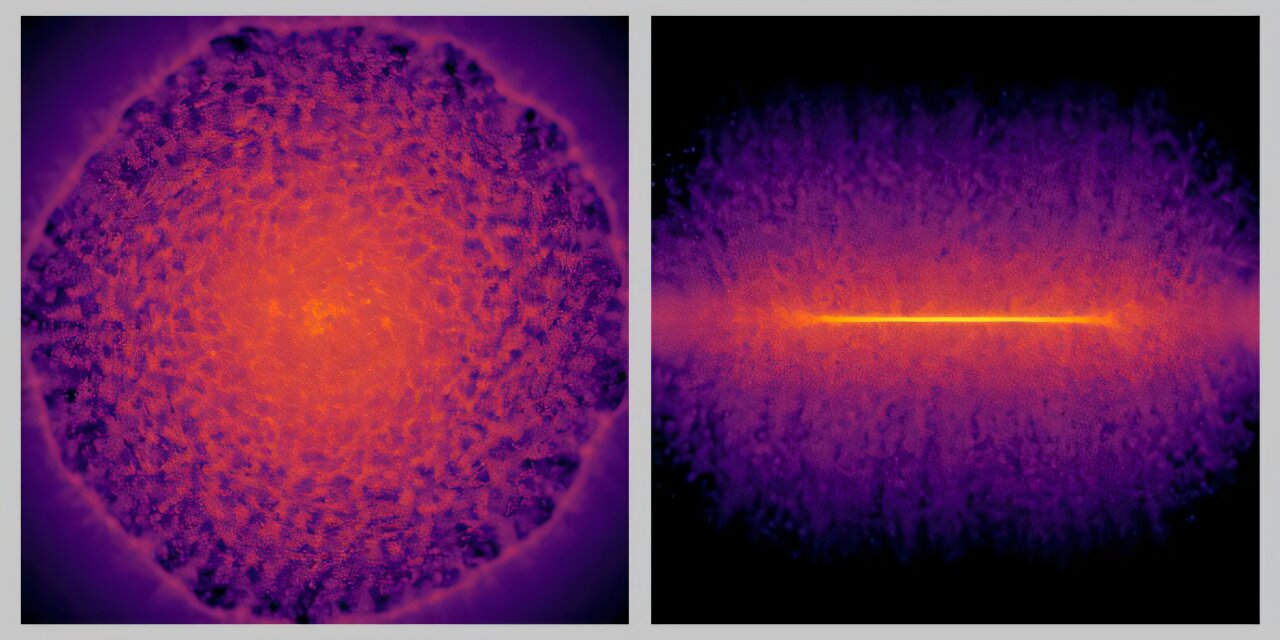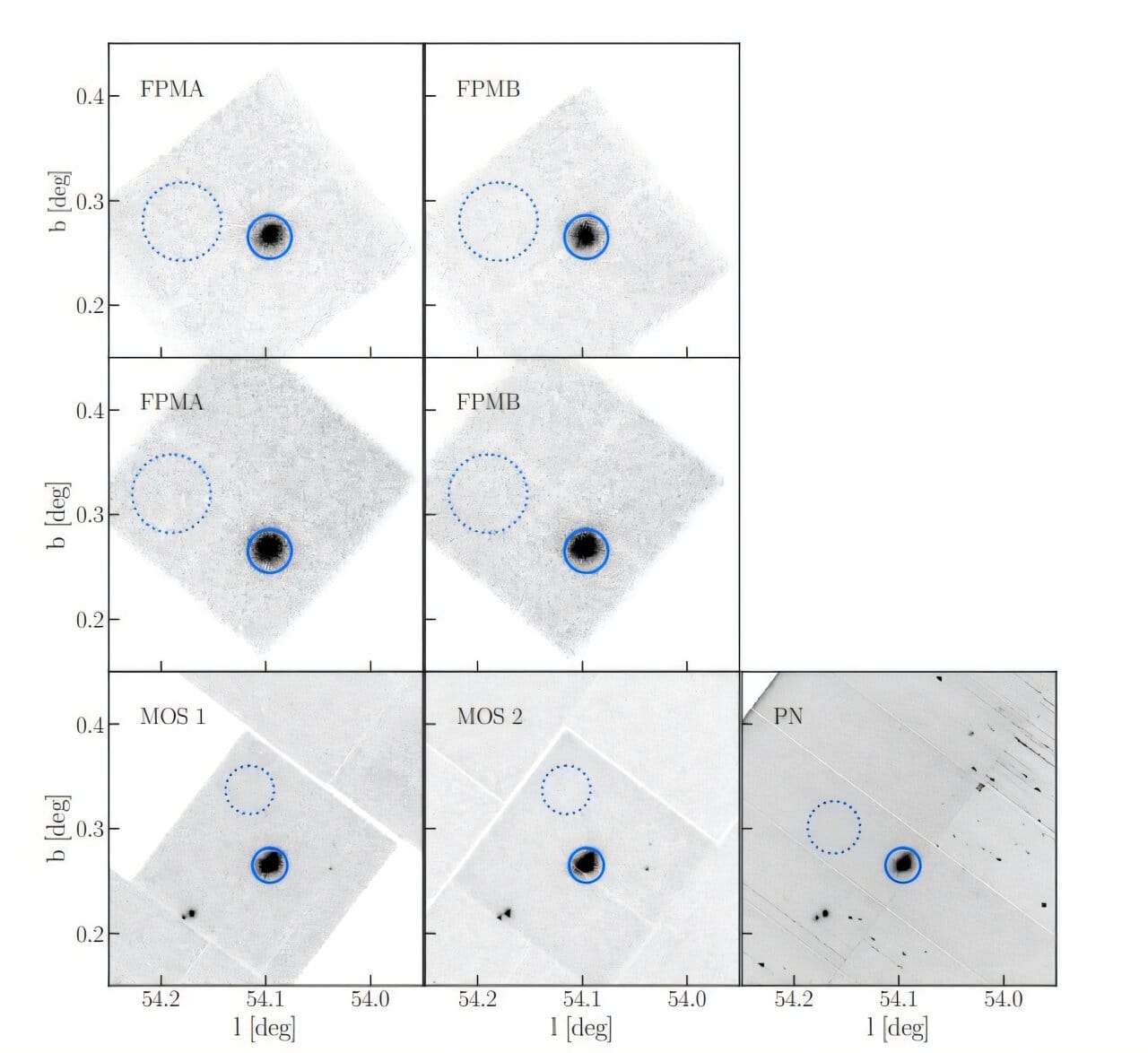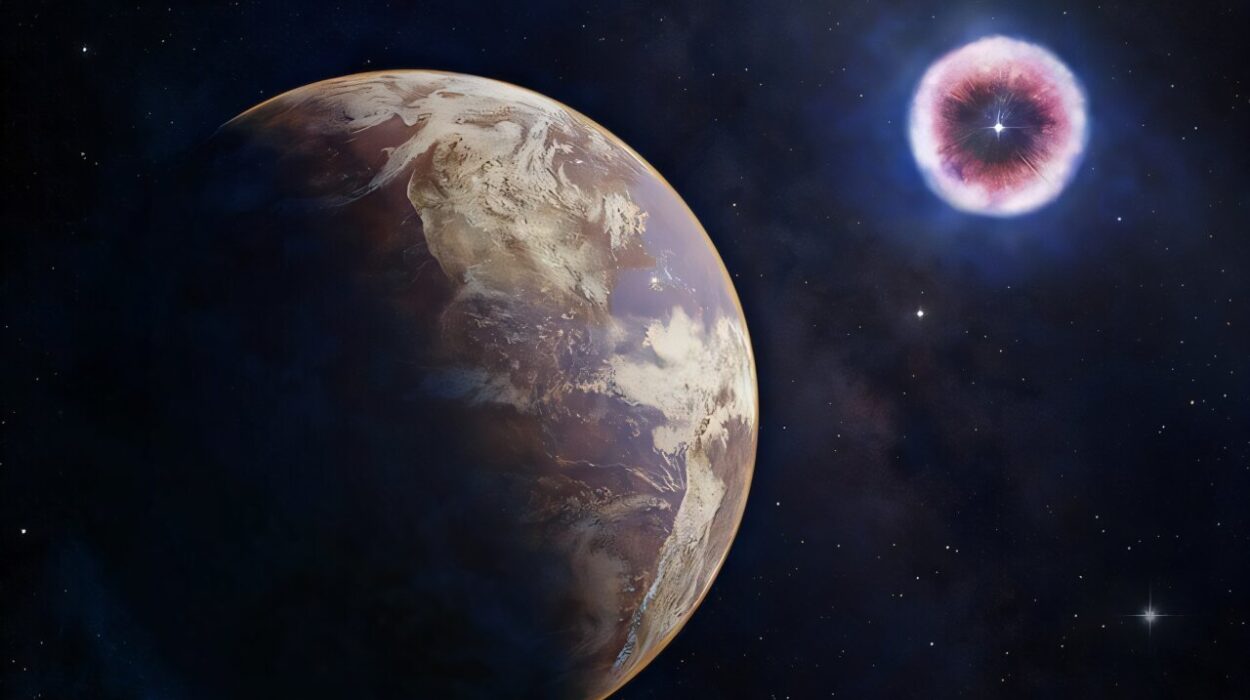For decades, scientists dreamed of building a digital Milky Way detailed enough to track every star’s journey across cosmic time. It was a dream that seemed permanently out of reach, the kind of ambition that invited both awe and frustration. The human mind could imagine it; the universe itself had already done it. But computers, even the world’s fastest, could not. They choked on the sheer scope of the task. One hundred billion stars, each tugging on the others through gravity, exploding, evolving, swirling in a galactic dance that spans billions of years—this was a story too big to compute.
And then, in a quiet but profound shift, researchers managed to do it.
The world’s first Milky Way simulation with more than 100 billion individual stars has finally been created, tracing 10,000 years of galactic evolution with an accuracy no machine had ever achieved. What once required the imagination of astronomers now exists as a working, testable model. It is a technological breakthrough, but also something more: a new kind of cosmic storytelling.
A Great Problem Wrapped in Starlight
The challenge was not just size, but scale. Astrophysicists had long wanted a simulation capable of following each star on its own terms, rather than grouping thousands together and pretending they behaved as one. But nature does not average her stars. Real galaxies are shaped by details—gravity tugging between individual neighbors, shockwaves from supernovae pushing gas across space, elements being forged in the hearts of dying suns.
In galaxy models, the smallest “particle” often represented a whole cluster of stars, as if every fine detail of stellar evolution had been blurred out. It made simulations easier, but it also left tremendous gaps. To simulate a star accurately, the model needs to capture rapid, transformative events, especially supernovae. These bursts of light and matter unfold over tens of thousands of years, so the simulation must take tiny timesteps if it wants to catch them in the act. But tiny timesteps mean vast computing requirements.
At the limits of current technology, simulating the Milky Way with true star-level resolution was simply impossible. Even the best physical simulations would require 315 hours to compute just 1 million years of galactic time. Simulating 1 billion years this way would take more than 36 years of real time, assuming the supercomputer ran continuously. Adding more computing cores hardly helped. Energy bills soared, efficiency dropped, and the whole effort began to look like a paradox: the more realistic scientists tried to be, the less able they were to reach their goal.
When AI Learned the Language of Stars
The breakthrough came from Keiya Hirashima at the RIKEN Center for Interdisciplinary Theoretical and Mathematical Sciences (iTHEMS) in Japan, working with colleagues from The University of Tokyo and Universitat de Barcelona. Their idea was not to overpower the problem with more hardware, but to rethink how a galaxy could be simulated at all.
Instead of forcing the computer to compute everything from scratch, the team built a deep learning surrogate model—a kind of AI that specializes in predicting small-scale physical behavior. It was trained using high-resolution simulations of a supernova, learning how the expanding cloud of gas behaves in the 100,000 years after a star’s explosive death. Once trained, this AI no longer needed the huge physical simulations to reproduce that part of the process. It could simply predict what would happen.
This was the key to unlocking the entire Milky Way.
The AI took over the most computationally expensive parts—the supernova-driven turbulence that ripples through galaxies—freeing the main simulation to handle the grand, sweeping dynamics of more than 100 billion stars. The two systems worked together, one painting the delicate details of stellar explosions while the other shaped the galactic whole.
To test the credibility of their digital galaxy, the researchers compared their results to large-scale tests produced with RIKEN’s supercomputer Fugaku and The University of Tokyo’s Miyabi system. The match confirmed what they had hoped: the simulation wasn’t just fast—it was faithful.
The Milky Way at Last, and Faster Than Anyone Expected
What emerged from this marriage of physical simulation and deep learning is startling. Not only did the model maintain individual-star resolution in a galaxy larger than anything ever attempted, but it did so at speeds once thought fantastical.
Simulating 1 million years of evolution took just 2.78 hours. The longed-for 1 billion years—once a 36-year computing odyssey—could now be completed in only 115 days.
Suddenly, the galaxy became accessible. Researchers could run multiple simulations, explore alternate histories, test theories of structure, formation, and stellar evolution with unprecedented detail. The Milky Way was no longer an unconquerable computational mountain. It had become a landscape scientists could walk through.
The Moment Everything Changes
The achievement is more than an astrophysics milestone. It is a turning point in computational science. The technique doesn’t depend on the specifics of galaxies. It is a method for linking the tiniest physical events to the largest systems, a way to bridge scales that normally defy simulation.
Weather, oceans, climate—all fields where small processes shape global behavior—could become dramatically easier to model. The researchers are already thinking beyond astronomy. In Hirashima’s words, “I believe that integrating AI with high-performance computing marks a fundamental shift in how we tackle multi-scale, multi-physics problems across the computational sciences.”
And then, as if to widen the horizon even further, he adds: “This achievement also shows that AI-accelerated simulations can move beyond pattern recognition to become a genuine tool for scientific discovery—helping us trace how the elements that formed life itself emerged within our galaxy.”
Why This Research Matters
This simulation does more than recreate the Milky Way. It rewrites what is possible in science. By proving that AI can shoulder the burden of small-scale physics without sacrificing accuracy, the researchers have opened the door to simulations once thought unreachable. It means scientists can now explore the galaxy with a clarity that mirrors nature, follow the lives and deaths of stars one by one, and test ideas about cosmic history with genuine precision. It also means that other complex, multi-scale worlds—our planet’s climate, its storms, its oceans—might soon be within reach of similarly transformative models.
In simulating the galaxy, the researchers have done more than build a digital Milky Way. They have built a new way of understanding reality itself, one where the universe becomes a story computers can finally tell in full detail.
More information: Keiya Hirashima et al, The First Star-by-star N-body/Hydrodynamics Simulation of Our Galaxy Coupling with a Surrogate Model, Proceedings of the International Conference for High Performance Computing, Networking, Storage and Analysis (2025). DOI: 10.1145/3712285.3759866






